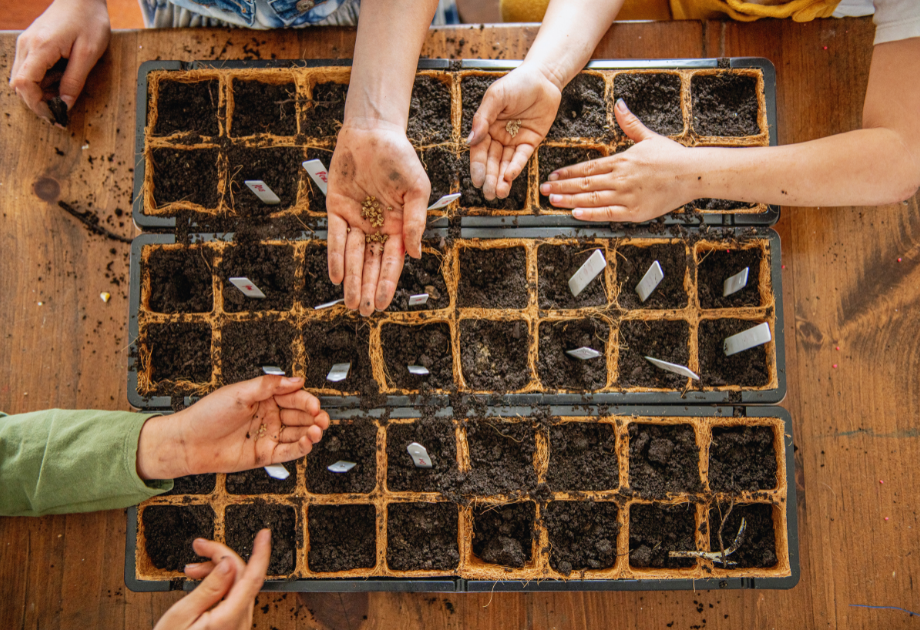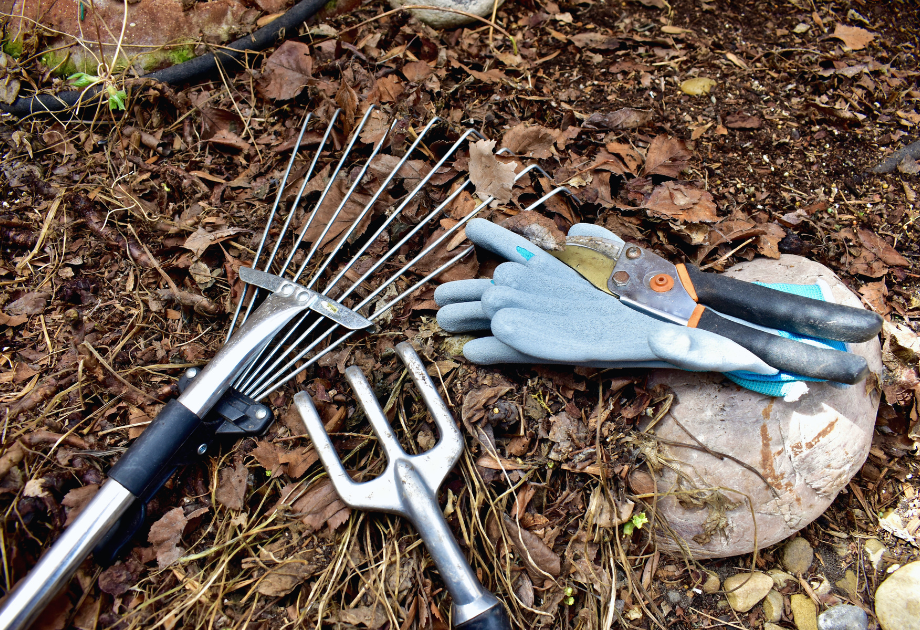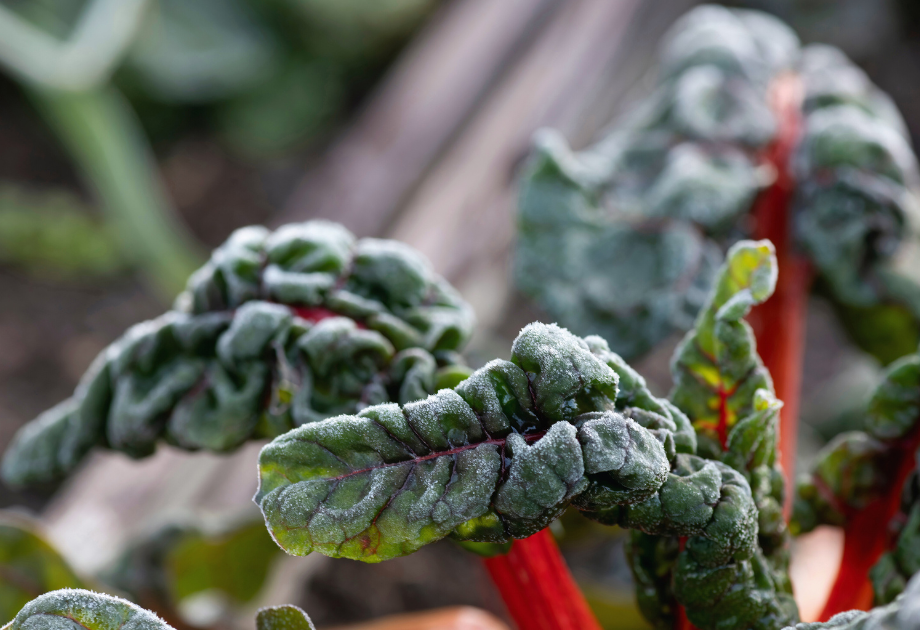The Beginner’s Guide to Fall Vegetable Gardening in USDA Zone 6
The Beginner’s Guide to Fall Vegetable Gardening in USDA Zone 6
.jpg)
The days are getting shorter, the tomatoes are tired, and your cucumbers might be calling it quits... But your garden doesn’t have to.
Here in Ohio’s Miami Valley, we know that fall isn’t the end of the season. It’s a second act. And in many ways, it’s one of the most rewarding times to grow.
Cooler temps, sweeter greens, and fewer pests? That’s a win-win-win. Some vegetables even perform better now than they ever did in the heat of July.
If you’ve never tried a fall garden before, we’re glad you’re here. This second season is mellow, satisfying, and surprisingly generous. The soil still holds warmth from summer, and there’s enough time before the first hard frost to plant, grow, and harvest; no full restart required.
In this guide, we’ll walk through how to prepare your garden beds or containers, which crops thrive in autumn, and how to make the most of this cozy growing window.
.png)
Why Fall Is Prime Time for Planting
Cooler weather doesn’t just feel better for digging and planting. It creates a different set of growing conditions above and below the soil.
In early fall in USDA Zone 6, the ground still holds summer’s warmth, which helps seeds sprout quickly, even as the air cools down. That contrast actually gives certain crops a boost. Leafy greens develop richer color and better structure. Carrots and beets grow sweeter as the nights get chilly. And crops like broccoli, cauliflower, and Brussels sprouts form tighter, tastier heads when they grow at a slower pace.
Pests also start to pack it in. Cabbage worms, flea beetles, squash bugs... many of summer’s regular troublemakers begin to disappear by late August. That gives your plants a break and saves you some monitoring time, too.
Our first frost usually doesn’t show up until mid- or late October. That means you’ve got a solid six to ten weeks of growing time. You can even stretch the season further with lightweight row covers or frost cloth.
With a bit of prep and a flexible plan, your beds or containers can keep producing well into November.

What to Plant and When to Plant It
Fall’s cooler temps and warm soil create a perfect window for fast-growing, cold-tolerant crops. Late summer planting gives you one last harvest, especially with vegetables that prefer shorter days and chilly nights.
Here’s what to focus on for a strong fall garden:
- Leafy Greens
Lettuce, spinach, kale, mustard greens, and arugula sprout quickly and keep growing as temperatures drop. Harvest them young or let them grow to full heads, depending on your timing.
- Root Vegetables
Carrots, beets, radishes, and turnips grow best when directly sown into prepared beds. They tend to sweeten as the weather cools, especially after a light frost.
- Onions & Relatives
Shallots, garlic, green onions, onion sets, and bunching onions grow well in fall when planted early. They like steady soil warmth and don’t mind cooler air.
- Brassicas & Cool-Weather Favorites
Broccoli, cauliflower, cabbage, and Brussels sprouts need more time but grow well if started indoors or picked up as young plants. Cool weather helps them form tighter heads and better flavor.
If you’re planting later in the summer, stick with quick-maturing greens and roots. For a bigger harvest, try starting brassicas indoors and transplanting them once things cool down.
In Zone 6, count backward from the first frost, usually mid to late October, and look for crops that mature in 30 to 75 days.
Need help planning? Our downloadable Fall Garden Starter Guide for USDA Zone 6 includes planting timelines, sowing tips, frost protection strategies, and practical ideas for using raised beds or containers. For even more help choosing specific crops, scan the included chart or explore our full planting resources.

Preparing Garden Beds (and Containers) for a Second Season
By late summer, most gardens start to show their age. There are bare spots, tangled vines, and maybe a few determined tomatoes still hanging on. But that’s the perfect kind of landscape for starting a fall garden.
Whether you’re working with raised beds, in-ground plots, or containers, a little cleanup and a quick soil refresh can make a big difference. Start by pulling anything that’s spent or struggling. Healthy plants can head to the compost pile; anything diseased should go in the trash. Once your space is cleared, loosen the soil and mix in some compost or amendments to recharge it for the next round.
Raised beds are especially helpful this time of year. They drain well after rain and tend to stay warm a little longer. Containers are handy, too. They're easy to move around, quick to warm in the sun, and simple to group together when you need to water or protect them from frost.
If you’re looking to refresh your summer pots or swap in new crops, our Fall Garden Starter Guide for USDA Zone 6 has tips on amending soil, choosing container-friendly plants, and solving drainage issues.
You’ll also find information on a few handy tools that make fall planting smoother, like pruners, frost cloth, and garden markers that save you from wondering what you planted, where.

Protecting Your Fall Garden from Early Frosts
In Zone 6, the first frost usually arrives sometime in mid to late October. But that doesn’t have to be the end of your fall harvest. Cold-hardy crops like kale, carrots, and beets can handle a light frost without missing a beat. More tender greens might just need a little extra help.
That’s where season-extending tools come in. Lightweight row covers and frost cloth hold in just enough warmth while still allowing air and moisture to pass through. With a quick cover in the evening, you can stretch your harvest by a week or two. For taller crops, hoop supports help keep fabric off the leaves. Cold frames offer even more protection and can often be made with items you already have on hand. While you're at it, fall is also a great time to clean and store your garden tools. Here's our guide on how to do it right.
Not sure which material works best for your garden setup, or how to use it without overheating your plants? Our Fall Garden Starter Guide for USDA Zone 6 breaks it all down with tips on frost timing, covering techniques, and tools available right here at Knollwood.
Bring Your Garden into Fall with Help from Knollwood Garden Center
Fall gardening has its own rhythm. It’s quieter, a little cooler, and full of small decisions. If you're wondering what to plant, when to start, or how to get your soil ready again, you’re not alone. That’s exactly why we’re here.
At Knollwood Garden Center, we’ve got what you need to keep growing: seeds, veggie starts, compost, soil blends, frost protection, and friendly advice from folks who garden in the same weather you do.
Whether you're refreshing raised beds or filling a few patio pots, we’re happy to help you make the most of the season.
Stop by for local know-how, quality supplies, and a little extra encouragement as you grow into fall. See you this weekend!
